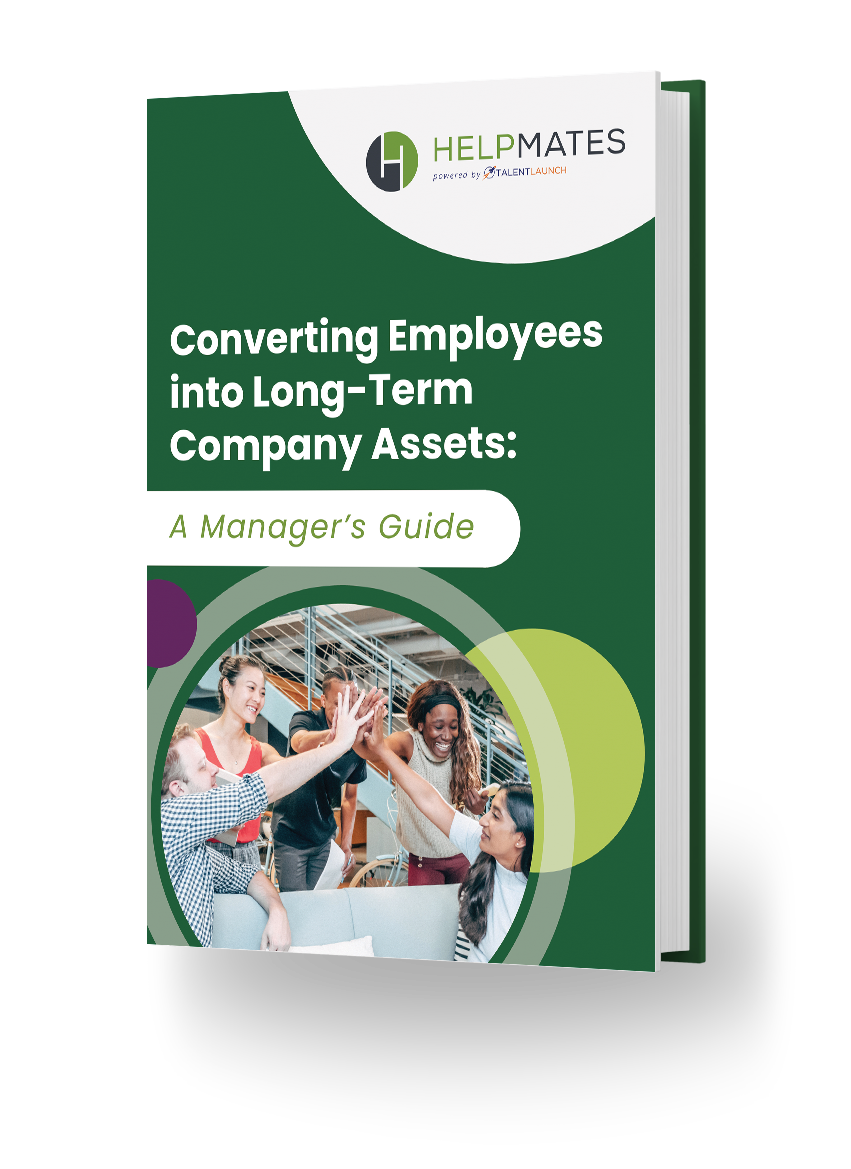A Manager’s Guide to Conducting Performance Reviews
If you’ve been a manager for any amount of time, you realize that conducting a performance review can sometimes be as stressful for you as it is for the employee being reviewed! The good news is that it can be an extremely rewarding experience on both sides.
Here are a few tips we’ve learned over the years that may help you conduct your next performance review:
Set the Stage
Before even starting the performance review, make sure the employee understands what is involved. Ideally, they will know exactly what’s been expected of them over the last year. But, to help ensure everyone is on the same page, consider creating a worksheet that highlights the specific job duties, expectations, goals, and milestones for the position. Provide this to the employee well before the review. Ask the employee to evaluate themselves in each area and come prepared to the performance review.
Keep Good Records
Typically, performance reviews take into account an extended period of performance. As a manager, be sure to keep good records throughout the year for each of your reports. Highlight specific successes, areas for improvement, and any requests or pieces of feedback you provided throughout the year. Before evaluating an employee, be sure to consult your records. This will help ensure you don’t miss any of the positives or areas for improvement.
If evaluating a long-term employee, review their last performance evaluation. Pay special attention to the goals and requirements laid out in that review to ensure the employee is making progress.
Be Fair
To make sure all employees get a fair, unbiased evaluation, develop an employee performance appraisal that accurately measures similar guidelines that can transfer across all employee job types and levels. When evaluating several employees that share the same job roles, develop a unique form for that position.
Allow the Employee to Share Their Thoughts
The most effective evaluations are oftentimes full of open communication, not simply one-sided. Encourage the employee to share their self-evaluations. Ask what areas they feel they excel in, and what areas need improvement. If your evaluation doesn’t match their own personal assessment, dig deeper to find out why.
Give Clear Comments
When sharing feedback that the employee needs to improve his or her performance, it should be clear, concise and to the point. Don’t give ambiguous comments or try to be nice. Be honest and professional.
Provide Realistic Goals
Goals should be determined by the type of work performed and be realistic, given the abilities of each individual employee. Carefully set at least one realistic work performance goal with a set time for completion, and be prepared to revisit this goal during the next evaluation period.
Get Buy-In
Before ending the performance review, confirm you have buy-in from the employee. Ensure they understand what is expected of them, agree the goals set are realistic, and fully understand they will be held to the standards outlined during the review.
Don’t Wait to Provide Feedback
Just because you have set times throughout the year for performance reviews doesn’t mean this is the only time to provide feedback. When you encounter a problem or something extraordinarily good, use this as a teaching moment. Provide both positive and constructive feedback.
Check in on Goals
Last but not least, check in frequently. Make sure employees are working towards the goals outlined during their review. Confirm they have access to all the tools and resources they need to meet these goals and keep them on track!
Looking to Hire More Top Performers?
At Helpmates, we specialize in recruiting top-performing employees that outpace their peers. Contact us today!





